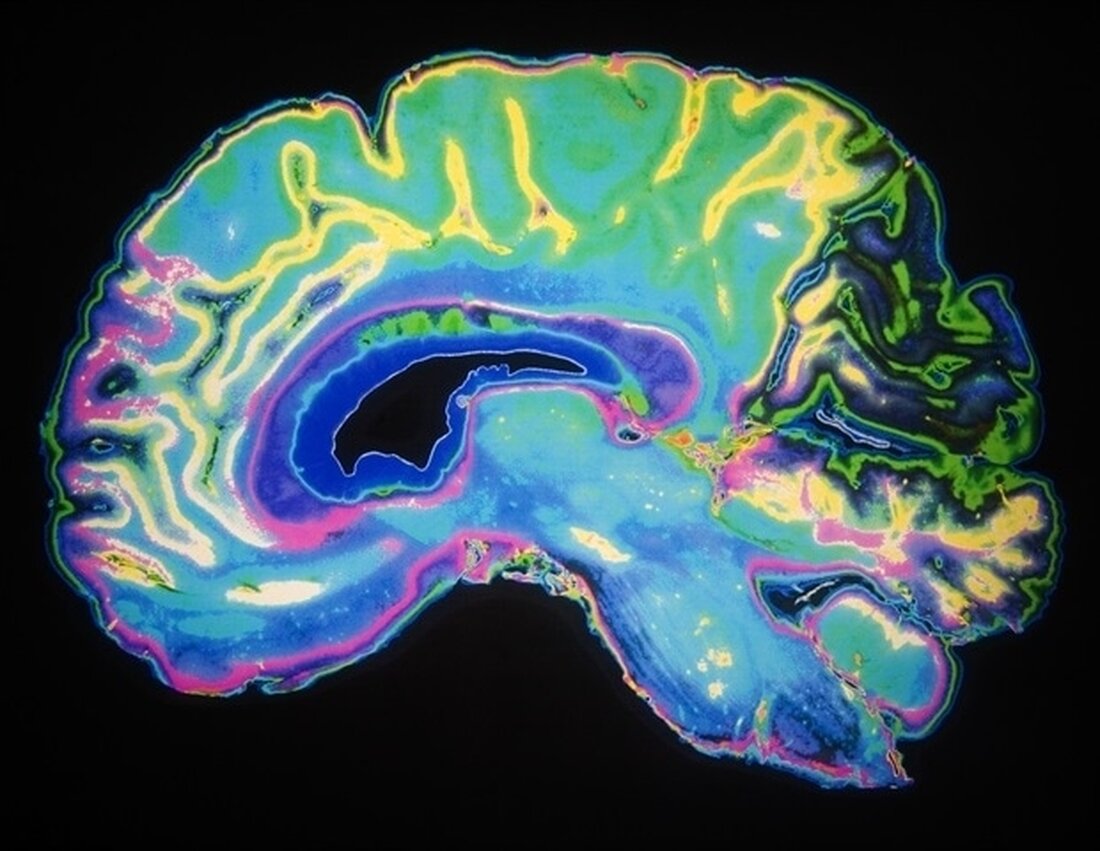Early head and neck cooling after a sports concussion results in a shorter time to return to play
Early head and neck cooling in concussed hockey players resulted in a shorter time to return to play. This expanded study of Swedish ice hockey teams, in which the median time to initiating head and neck cooling after a concussion was 10 minutes, was published in the peer-reviewed Journal of Neurotrauma. Sports-related concussions are one of the most common injuries in contact sports such as ice hockey, soccer and rugby. Up to 30% of hockey players who sustain a sports-related concussion may recover beyond the normal timeframe. Drug Discovery E-Book Compilation of the last year's top interviews, articles and news stories. Download a free copy An exercise-induced...

Early head and neck cooling after a sports concussion results in a shorter time to return to play
Early head and neck cooling in concussed hockey players resulted in a shorter time to return to play. This expanded study of Swedish ice hockey teams, in which the median time to initiating head and neck cooling after a concussion was 10 minutes, was published in the peer-reviewed Journal of Neurotrauma.
Sports-related concussions are one of the most common injuries in contact sports such as ice hockey, soccer and rugby. Up to 30% of hockey players who sustain a sports-related concussion may recover beyond the normal timeframe.
Drug Discovery E-Book
Compilation of the top interviews, articles and news from the last year. Download a free copy
An exercise-induced increase in core body temperature is associated with an increase in brain temperature. This can accelerate secondary injury processes following a sports-related concussion and worsen the brain injury.
Corresponding author Professor Niklas Marklund from Lund University and co-authors conducted a clinical study involving players from 19 Swedish elite male ice hockey teams over five seasons. In the intervention group, acute head and neck cooling with a head cap was performed for at least 45 minutes in addition to standard sports-related concussion management.
In the intervention group, the median time to return to play was 9 days, significantly shorter than the 13 days in the control group that did not undergo head and neck cooling. “The proportion of players who were out of play for longer than the expected recovery time of 14 days was 24.7% in the intervention group and 43.7% in the control group,” the investigators reported.
The results for immediate head and neck cooling after a sports concussion are fascinating. I am particularly impressed with how quickly the investigators were able to begin the intervention; an average of 10 minutes after an injury!”
David L. Brody, MD, PhD, Editor-in-Chief of the Journal of Neurotrauma
Source:
Reference:
Al-husseini, A., et al. (2022) Shorter recovery time in elite ice hockey players with concussion through early head and neck cooling - a clinical study. Journal of Neurotrauma. doi.org/10.1089/neu.2022.0248.
.

 Suche
Suche
 Mein Konto
Mein Konto
